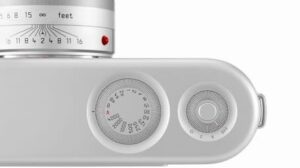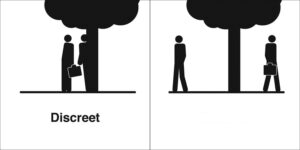Exploring Blue Hour: A Photographer’s Guide

Photographers are often overshadowed by the more well known golden hour when it comes to the period just before and after sunrise. As a result of blue hour’s unique lighting conditions and atmospheric effects, everyday scenes can be transformed into captivating compositions. Throughout this guide, we’ll examine blue hour, when it occurs, and how photographers can utilize it to their advantage.
Blue Hour: An Overview

Blue hour occurs just before and after sunrise and sunset when the sky turns a beautiful shade of blue. This period of time is less well-known, but it is equally captivating for photographers. It is named after the distinctive blue hues of the sky at this time of day. There is a serene, moody atmosphere created by blue hour, which is different from the warmer, golden light of the golden hour.
The blue hour in the morning versus the blue hour in the evening

Despite the fact that both morning and evening blue hours offer unique opportunities, the morning blue hour, particularly in winter, often offers more atmospheric conditions with frost or mist. During the morning blue hour, you’re more likely to have the location to yourself. In addition, the blue hour in the evening can also be quite beautiful, especially when the city lights are turning on and the sky is changing from day to night.
Settings for the camera
To properly expose your images during the blue hour, you will need to use a longer shutter speed or higher ISO setting. For faster shutter speeds and less camera shake when shooting handheld, consider using a higher ISO. However, a tripod and longer shutter speeds are recommended for best image quality, especially when capturing details in shadow areas. By doing so, a greater level of control over exposure can be achieved and final images will have less noise.
Locating a business

Photographing blue hour scenes can be particularly effective in riverside towns and harbors with artificial lights and water. The location provides opportunities to capture reflections and enhance the mood of the image. Additionally, cityscapes and landscapes with artificial lights can create compelling compositions during the blue hour, as their warm glow contrasts with the cool blue tones of the sky.
RAW photography

By shooting in RAW format, you are able to preserve more image data, especially during the blue hour when shadow areas are common. Post-processing can thus be more flexible to recover details and optimize image quality. Despite the fact that shooting in RAW requires additional post-processing, it ensures the best results for your images.
Using silhouettes and brackets
It is possible to create striking compositions by embracing silhouettes against the bright blue hour sky. If the dynamic range is wide during this period, bracketing or blending multiple shots in post-processing may be an option. Photographers can produce well-balanced images with rich details by capturing multiple exposures and merging them together.
Serenity savored

Particularly after sunset, blue hour photography offers a serene atmosphere with fewer crowds. By arriving early or staying late, you can enjoy the tranquil surroundings and take advantage of the unique photo opportunities uninterrupted. Savoring the serenity of the blue hour can lead to truly memorable photographic moments, regardless of whether you’re capturing dawn’s soft pastel colors or dusk’s deep blue hues.
In conclusion
Landscapes, cityscapes, and portraits benefit greatly from blue hour’s tranquil ambiance and ethereal lighting. A photographer can unlock a world of possibilities and capture the enchanting beauty of blue hour by understanding its unique characteristics and using thoughtful shooting and editing techniques. Don’t miss the opportunity to capture the magic of blue hour with your camera lens the next time you find yourself beneath the deep blue canopy of the sky during those fleeting moments before sunrise or after sunset.



